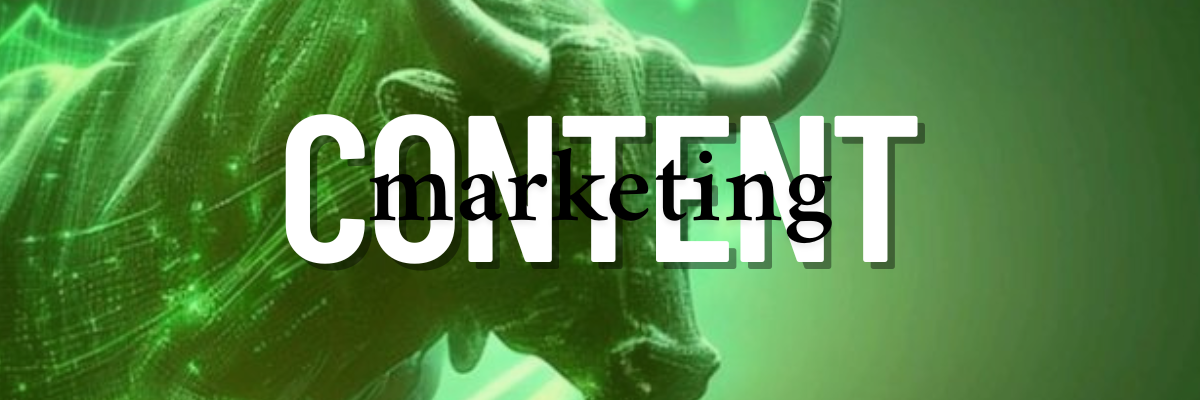Content is the New Currency of Trust
Content marketing is a strategic approach focused on creating and distributing valuable, relevant, and consistent content to attract and retain a clearly defined audience — and ultimately, to drive profitable customer action.
Unlike direct advertising, content marketing builds trust by delivering information that educates, entertains, or solves problems — turning potential customers into loyal ones.
Objectives of Content Marketing
The key goals of content marketing include:
-
Increasing brand awareness
-
Educating the target audience
-
Driving organic website traffic
-
Building trust and authority
-
Generating and nurturing leads
-
Supporting sales enablement
-
Enhancing customer loyalty and retention
Importance of Content Marketing
-
Drives Organic Traffic: Optimized content improves search rankings and attracts visitors.
-
Builds Brand Authority: Consistently delivering value positions you as an industry expert.
-
Supports SEO: Quality content boosts keyword relevance and backlinks.
-
Engages and Converts: Valuable content moves users through the sales funnel.
-
Cost-Effective: Content offers long-term ROI compared to paid advertising.
Types of Content in Content Marketing
Content marketing isn’t limited to blogs — it includes a wide variety of formats:
-
Blog Posts & Articles
-
Social Media Content
-
Infographics
-
Videos & Reels
-
Podcasts
-
Ebooks, Whitepapers & Guides
-
Email Newsletters
-
Case Studies & Testimonials
-
Webinars & Live Streams
Content Marketing Strategy: Key Steps
-
Define Your Goals – What do you want your content to achieve? (e.g., traffic, leads, awareness)
-
Know Your Audience – Identify target segments, their pain points, and interests.
-
Keyword Research – Use SEO tools to discover relevant, high-performing keywords.
-
Content Planning – Build a content calendar with topics, formats, and publishing dates.
-
Create High-Quality Content – Focus on value, clarity, engagement, and originality.
-
Publish and Promote – Distribute via website, social platforms, email, and more.
-
Measure and Optimize – Track performance and refine your approach over time.
SEO and Content Marketing: A Powerful Combo
SEO and content marketing work hand in hand:
-
Content provides relevant answers; SEO ensures they’re discoverable.
-
Keyword-rich content improves search visibility.
-
Internal linking and structured content enhance user experience.
-
SEO-friendly blogs and pages increase dwell time and reduce bounce rate.
How to Measure Content Marketing Success
Track these key performance indicators (KPIs):
-
Website traffic
-
Bounce rate & time on site
-
Lead generation & conversion rate
-
Social shares and engagement
-
SEO rankings
-
Customer retention or repeat visits
Use tools like Google Analytics, HubSpot, SEMrush, or BuzzSumo for tracking and insights.
Content Calendar: The Backbone of Consistency
A content calendar is a schedule of when and where you’ll publish upcoming content. It:
-
Ensures consistent publishing
-
Helps plan around holidays, trends, or campaigns
-
Keeps your team aligned and organized
-
Reduces last-minute rush and content gaps
B2B vs. B2C Content Marketing
-
B2B (Business-to-Business): Focuses on in-depth, informative content like whitepapers, webinars, and case studies.
-
B2C (Business-to-Consumer): Uses emotional storytelling, visual content, and social media for fast engagement.
Tailor your tone, format, and platform according to your audience type.
